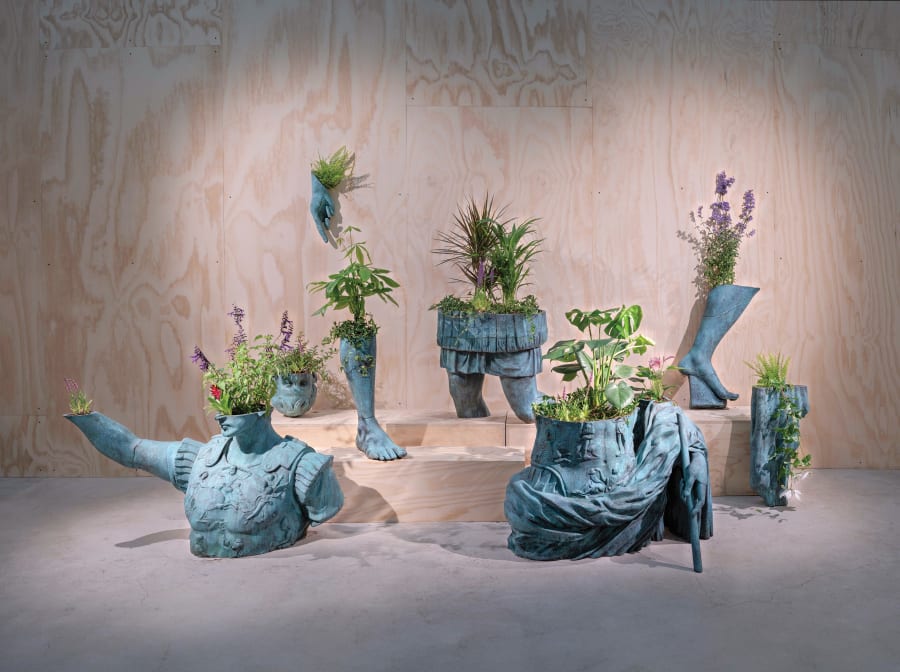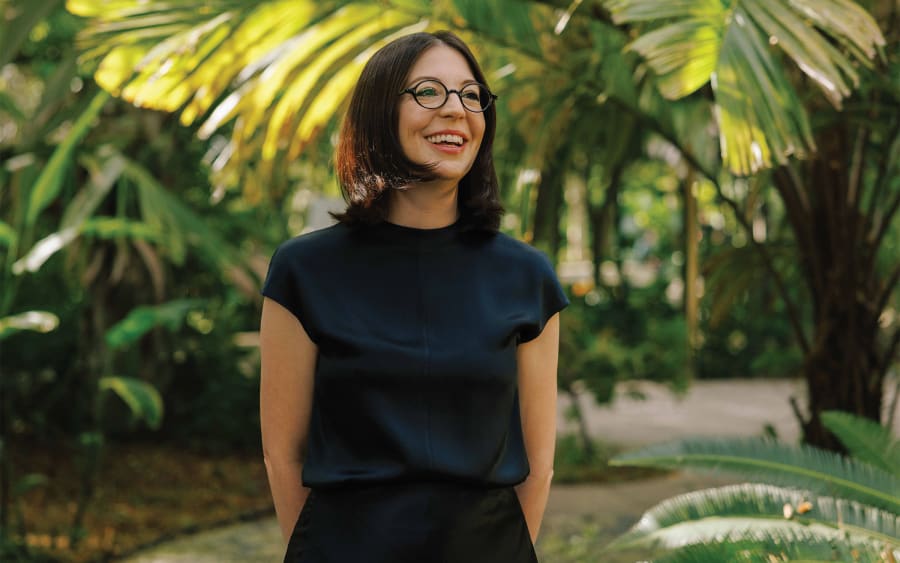In a world wrought, some might say overly and/or overtly so, with immediacy, we seldom take a beat to hear the rhythms of the past. Our instinctive pulses, pumping throughout the day, turn to what is front of mind for the individual and how time plays into that. The William H. Johnson exhibition ‘Fighters for Freedom’, which is on view through January 4, 2025, at the Patricia & Phillip Frost Art Museum FIU, is asking us to slow down and take a look at the American story and those who have fought for its promised declarations. ‘As an institution, we are proud to provide the stories that let the individual look on,’ says Miriam Machado, interim director of the Frost Museum. ‘We present the art to our audiences, allowing the viewers to make their own meaning.’
Born in Florence, S.C., in 1901, Johnson made his way to New York at 17 years old, where he honed his craft at the National Academy of Design. Johnson spent much of the late 1920s and 1930s traveling throughout Europe and North Africa. After his return to the States, due to the World War, in 1938, he again looked to the rural South and the streets of Harlem, stemming from childhood artistic inspirations found in the comic strips of local newspapers.
The works on display in ‘Fighters for Freedom’ are examples of that yearning for simplicity in trying times throughout the world, when voices were often muted, if not silenced and erased, based on who they were and their geography. Johnson used vivid palettes of color, often flat in tones, and simplified shapes to extol not merely the famous but the innate human spirit radiating from within. With a personal sense of detail, he captured the essence of being known and unseen, as well as being seen and unknown. These works, and the subjects depicted therein, are a needed reminder that even figurative painting, today as in the past, is a form of abstraction brought to life by the viewer.
‘As an academic institution, we strive to tell stories of different individuals. Art has a way, the power, to drive you,’ says Machado, who for the last 15 years has also served as director of education for the museum. ‘We all have the same emotions, the desire to be needed and included. When you come into a museum, it’s a time to slow down, to stop and reflect. Experience it. We meet everyone where they are.’ Supported by the Art Bridges Foundation, with the mission to increase art access to all, the exhibition draws from more than 1,300 works donated to the Smithsonian Institution – an FIU affiliate – by the Harmon Foundation in 1967. The works include abolitionists, political figures and boxing stars, all warriors of their time, as well as a self-portrait of the artist, captured regally, pipe in hand.
Though Johnson was considered an American Master, with access to all available materials, and the exposure that came with it, for the majority of these works, he chose to paint on paperboard, amplifying the present simplicity of the subject matter’s complexities found in the clarion call for freedom. ‘The flexibility, the adaptability of it,’ says Machado, ‘he chose [the material] as an easier way to enter the conversation. Artists make adjustments on how they present the work, to express stories they feel are needed.’ With something as thoughtful and considered as utilizing paperboard rather than canvas, Johnson added another layer to the works, addressing how access is utilized, and in doing so, he made it clear that the tools that drive voice are always within reach. ‘We look at art as a way of storytelling, history through a visual means,’ says Machado. ‘No one wanted to hear about this time, of African American activists trying to raise awareness. Art has that ability, the power where you don’t have to say anything. You can see it and respond, then it opens itself to conversation.’
The paintings in ‘Fighters of Freedom’ were realized in the mid-1940s. Their added significance is accentuated by the fact they would be Johnson’s final series of works. He would later suffer a mental break that would find him institutionalized for 23 years until his death in 1970. Like those depicted in these celebratory paintings, Johnson knew that the African American fight for voice, place and freedom comes with external and internal wounds. These paintings, and exhibitions like it, not only offer historical reference points rooted in our history, but also provide a reminder that the fight continues and, like these paintings, the work endures.
This article was originally commissioned for the 2024 issue of the Art Basel Miami Beach Magazine.
Art Basel Miami Beach will take place from December 6 to 8, 2024. Learn more here.
Brian Keith Jackson is an American novelist, essayist, and culture writer based in Harlem, New York City.
Caption for header image: William H. Johnson, Women Builders (detail), 1945. Smithsonian American Art Museum, Gift of the Harmon Foundation.
Published on November 6, 2024.


